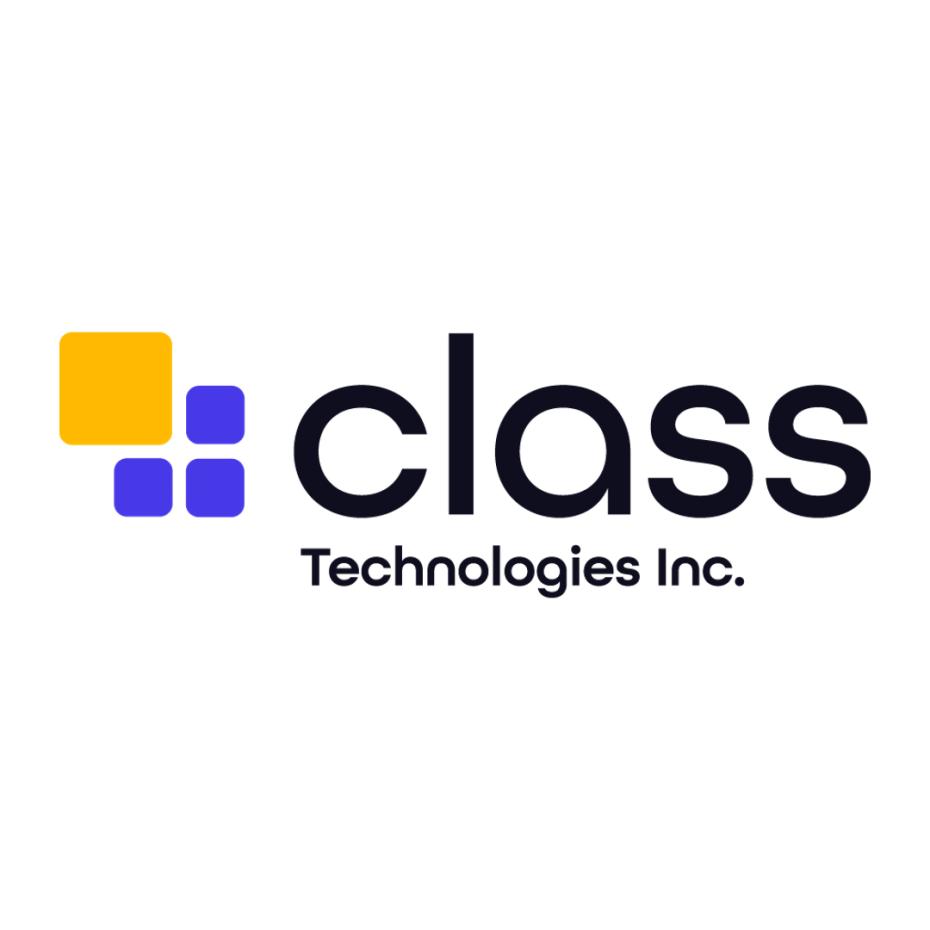
Harnessing the potential of higher education in Latin America through digital learning

Class Technologies
Find out how Class provides an interactive, connected learning experience with tools to track focus and provide feedback
Across Latin America, educational technology has the potential to improve access to education, enhance teaching and learning, and student outcomes. At recent webinar held in partnership between Times Higher Education and Class, a panel of sector leaders from the region discussed the challenges and opportunities for digital engagement.
David Monson, head of Latin America at Class, began by noting that despite some student feedback that online learning was “boring or disengaging” during the pandemic, the flexibility online learning offers was a worthy trade-off.
Santiago Bellomo, dean of the school of education at Austral University, noted that the criteria for in-person teaching has also faced criticism, and that students now demand that any face-to-face teaching adds value, otherwise their preference is do it online.
Access to technology and skills is an issue many still students face, the panel heard. Bellomo said that eight out of 10 Argentinian students from poor backgrounds access the internet with their phones. During the pandemic, WhatsApp and email were the top two tools used by teachers.
For successful hybrid learning, student engagement is vital, said Julio Fernandez, vice-rector at ORT Uruguay University. Next is to ensure the faculty are willing and able to use a range of tools and methods. “Get your faculty to concentrate on what is important for the students,” he said. Fernandez added that flexibility is also very important. Given the diverse range of students’ personal circumstances, they shouldn’t be penalised for not accessing material online within a certain time period, he argued.
In response to how to help improve online teaching, Monson spoke about a learning analytics product from Class that allows teachers to monitor student engagement in real time.
“You had a little feature next to the participants list, which shows eyeballs when students disengage, click on another application and are doing something else. So that restores your sight as an instructor to be able to read the room and understand what's happening,” he explained.
Successful application of this technology will require buy-in from university staff, which Monson said can’t be rushed. “These skills require training, professional development and ongoing quality assurance,” he said. “Continuous quality improvement initiatives are going to have to be put in place in order for this transition to be successful.”
Bellomo agreed that an “incremental and proactive process of quality assurance” is required. He raised the issue of possible resistance by experienced professors.
Beatriz Palacios, educational innovation and digital learning director at Monterrey Institute of Technology, said that professors need training on new technology and the confidence that their experience and “mastery of their methodology” will not be lost in the digital experience.
Bellomo responded that some professors might be reluctant to take direction from tech staff or deans but are receptive to peer assessment. Austral University has developed “a selfie evaluation” system for measuring how well new tools are understood. “When the staff take into account and gain awareness of their own strengths and weaknesses, they are more open to receiving assessment and training,” he said.
Feedback gathered by analytics programs within Class should be available only to the lecturers, Monson said. “Data generated by something like Class needs to be closely guarded and be held in a very private, specific context.”
“They [lecturers] personally have the information they need to understand what's actually happening on the other side of the screen and they adapt accordingly.”
The panel:
- Santiago Bellomo, dean, school of education, Austral University
- Julia Gilmore, branded content manager, EMEA and the Americas, Times Higher Education (chair)
- Julio Fernandez, vice-rector, Universidad ORT Uruguay
- David Monson, head of Latin America, Class
- Beatriz Palacios, educational innovation and digital learning director, Monterrey Institute of Technology
about Class.
